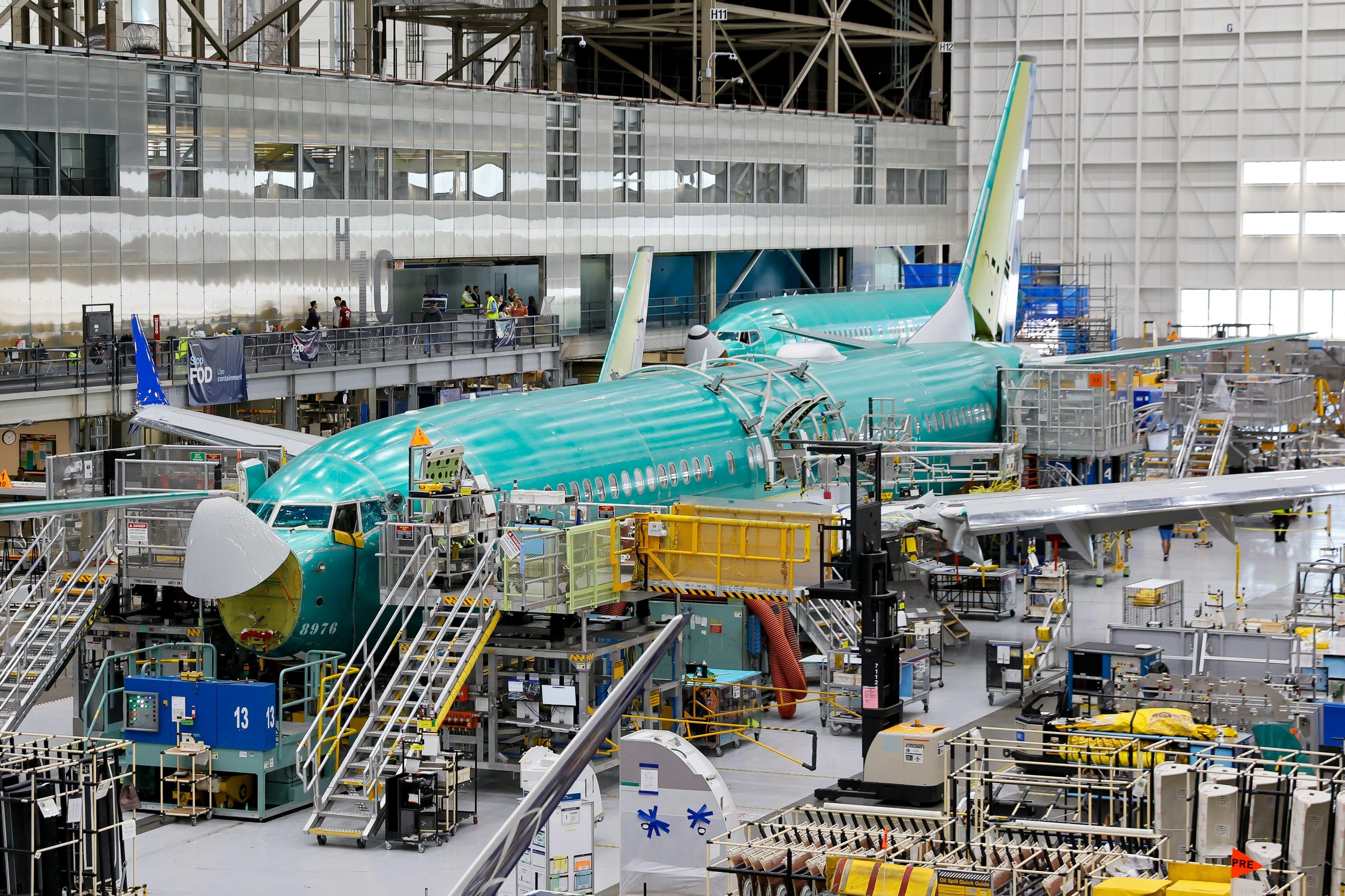
AeroGenie — ваш интеллектуальный второй пилот.
В тренде
Categories
Honeywell Forecasts Record Demand for Business Jets
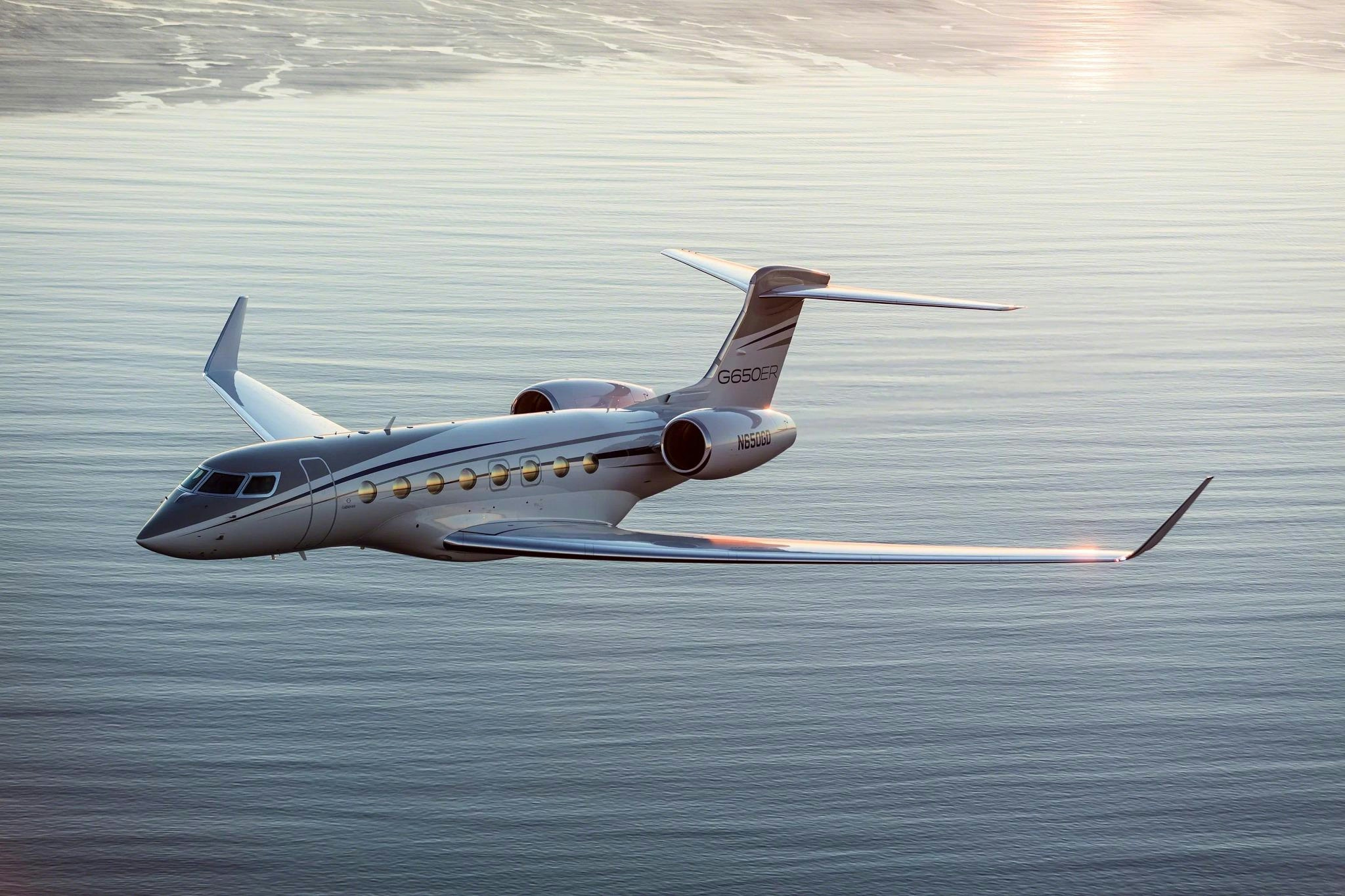
Honeywell Forecasts Record Demand for Business Jets
Honeywell has unveiled its 34th annual Global Business Aviation Outlook, projecting an unprecedented surge in demand for business jets over the next decade. The report anticipates 8,500 new business jet deliveries valued at $283 billion between now and 2034, marking the highest forecast in the survey’s history. This growth corresponds to an average annual increase of 3%, underscoring a robust expansion in the sector despite ongoing macroeconomic and geopolitical uncertainties.
The analysis, derived from extensive surveys of business aviation operators worldwide, identifies several key drivers behind this growth. These include recent economic expansion, a rising interest in fractional ownership models, and a continuous introduction of new aircraft models and technological advancements. Heath Patrick, president of Americas Aftermarket at Honeywell Aerospace Technologies, emphasized that operators are increasing their usage rates while manufacturers are scaling production to meet the growing demand. He anticipates that these record-setting delivery and usage levels will persist throughout the coming decade.
Market Trends and Industry Challenges
The report highlights that new business jet deliveries in 2026 are expected to rise by 5% compared to 2025, maintaining a steady 3% average annual growth rate through 2034. Operator sentiment remains positive, with 91% of surveyed operators expecting to fly more or maintain current flight levels in 2026 relative to the previous year. Furthermore, 20% of operators globally have at least one aircraft on firm order, an increase from 17% last year. This figure is even higher among private jet charter operators, reaching 28%.
Performance continues to be a critical factor influencing purchase decisions, cited by 89% of respondents as a top-three criterion, up from 82% the previous year. Cost considerations rank second at 56%, slightly down from 60%. The demand for fractional ownership remains a significant growth catalyst, particularly for midsize and super midsize jets. Since 2019, fractional fleets have expanded by over 65%, now comprising approximately 1,300 aircraft. Notably, 12% of operators who own business aircraft outright also hold fractional shares, reflecting the increasing appeal of shared ownership models.
Despite the optimistic outlook, the business aviation sector faces several challenges. Supply chain disruptions, rising production costs, and evolving regulatory requirements pose potential obstacles to manufacturers’ ability to meet demand. In response, industry players are expected to enhance production capacity, invest in new aircraft development, and improve aftermarket services to sustain growth.
The reinstatement of 100% bonus depreciation under the One Big Beautiful Bill Act (OBBBA) is also anticipated to stimulate business jet purchases further. This federal tax incentive allows businesses to deduct a substantial portion of the cost of new jets in the year they enter service, contributing to the current surge in orders.
As the industry adapts to these evolving dynamics, Honeywell’s outlook suggests that business aviation is positioned for a decade of record growth, contingent on the sector’s ability to navigate the challenges ahead.
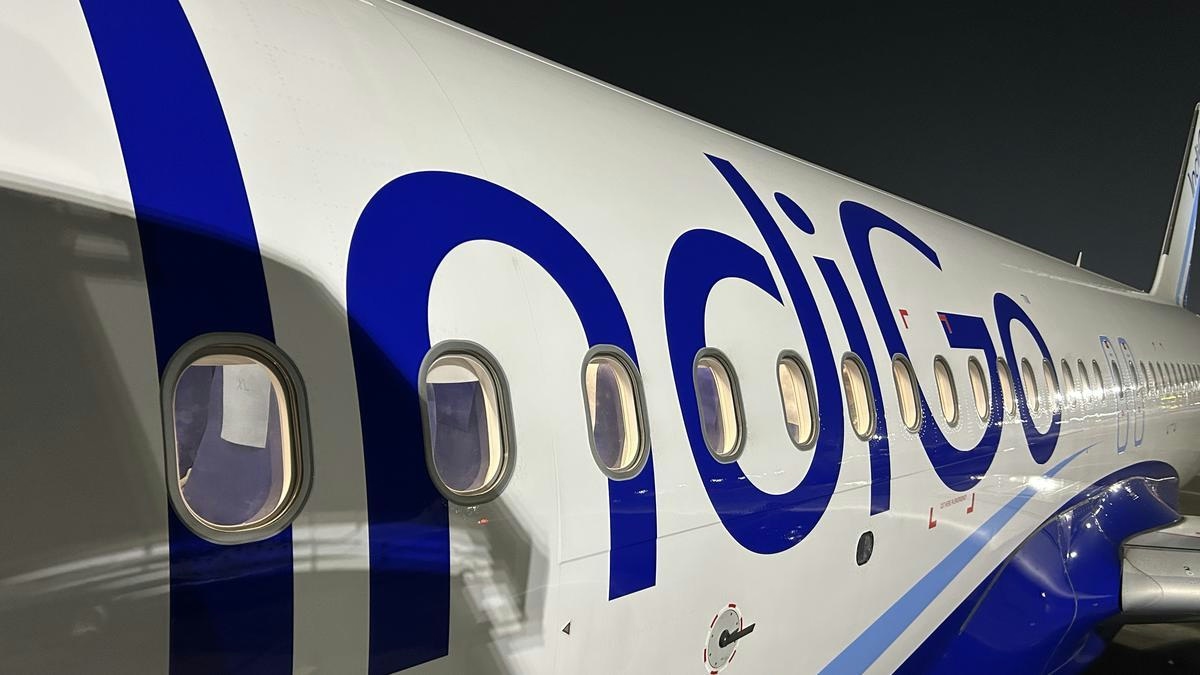
IndiGo to Deploy Wide-Body Aircraft on Vijayawada-Hyderabad Route, Says MP
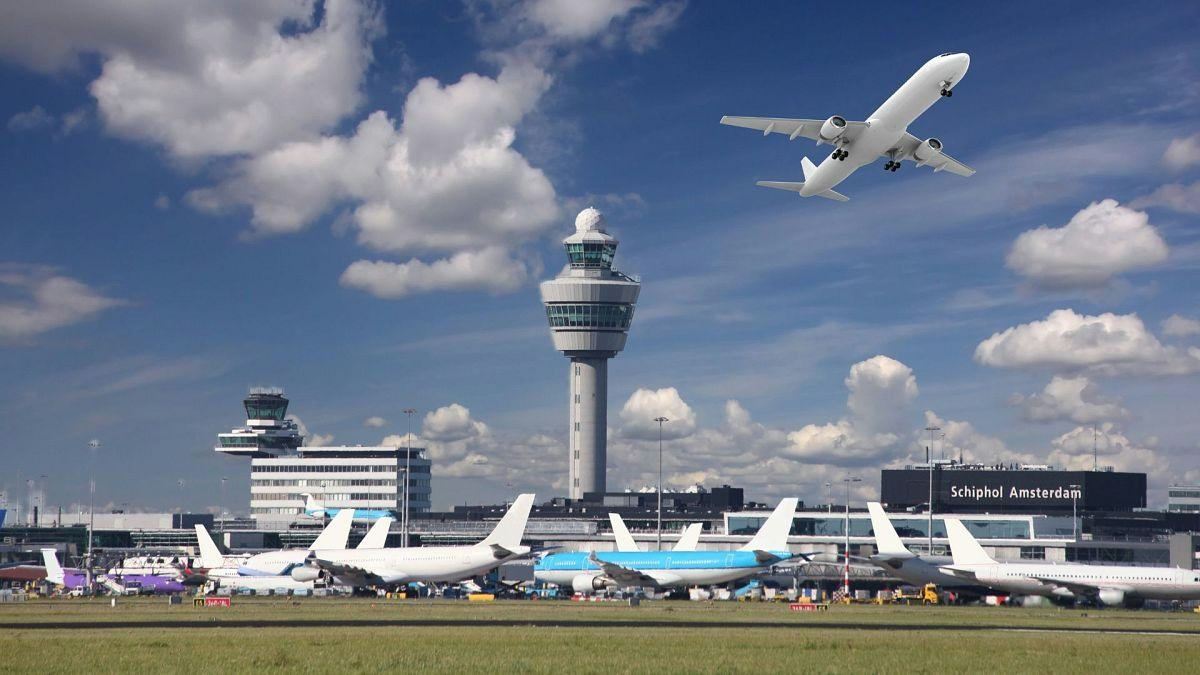
Europe Unveils New Aviation Strategy to Promote Cleaner, Faster Flights
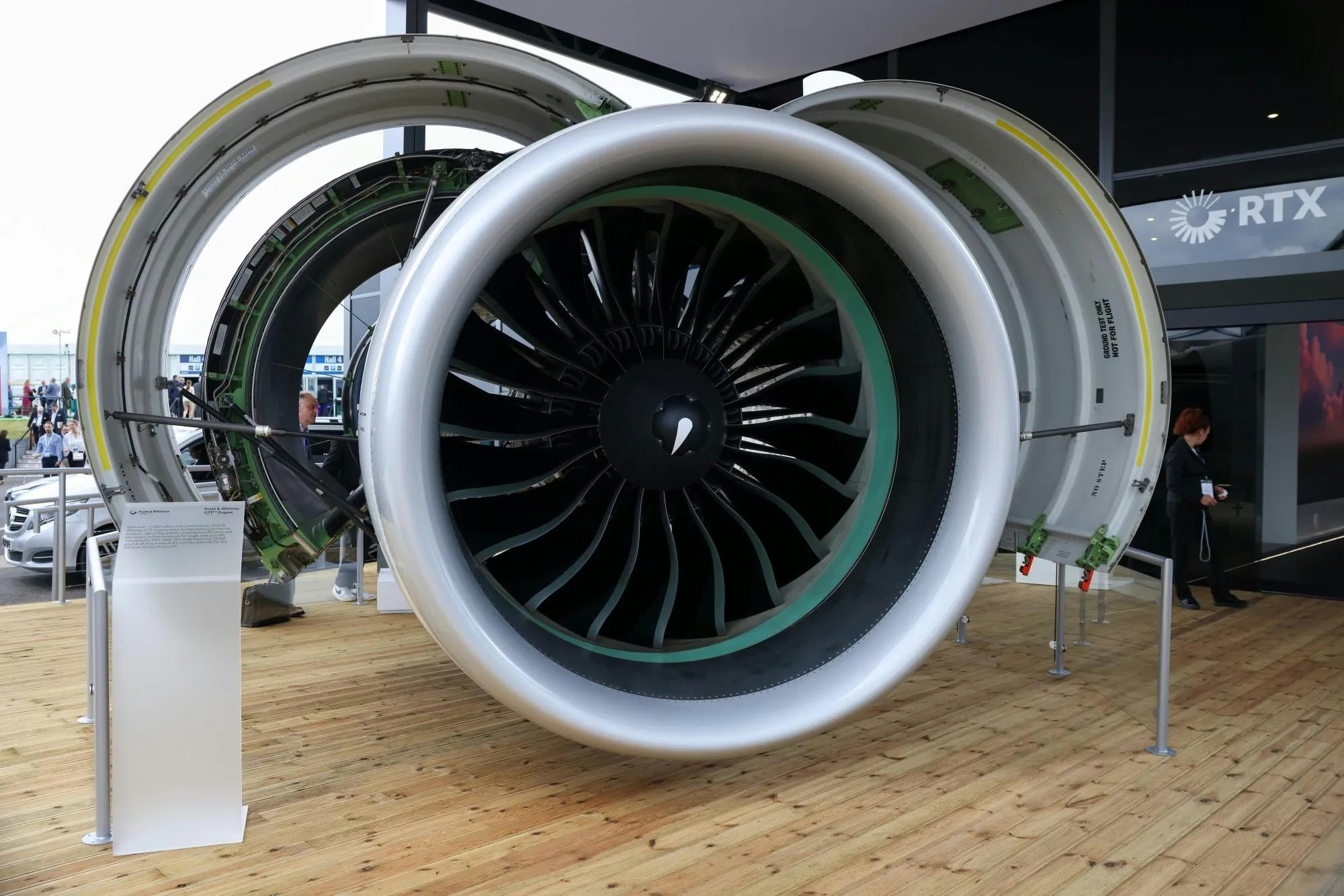
Spirit Signs Agreement with Pratt & Whitney Units on Aircraft Engines

ADB SAFEGATE Receives Industry Awards for Marketing, R&D, and Social Impact

GA Telesis Secures Five-Year Landing Gear Overhaul Agreement with Major U.S. Carrier

Government Strengthens Aviation Safety Framework Amid AI-171 Investigation

NASA Software Raises Bar for Aircraft Icing Research

Dans and Emirates Aviation University Partner on AI Air Traffic Management Research
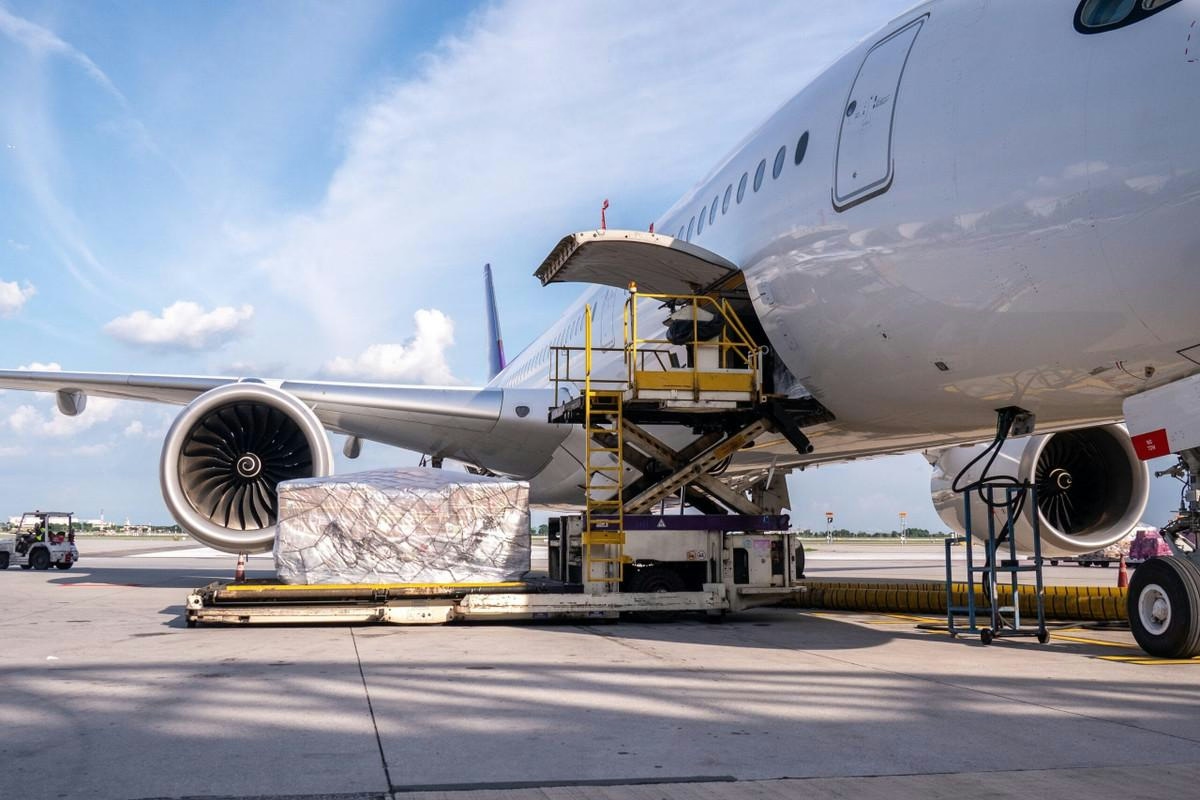
Nigus and AXISCADES to Develop Nigeria’s First Major Aviation MRO Hub
